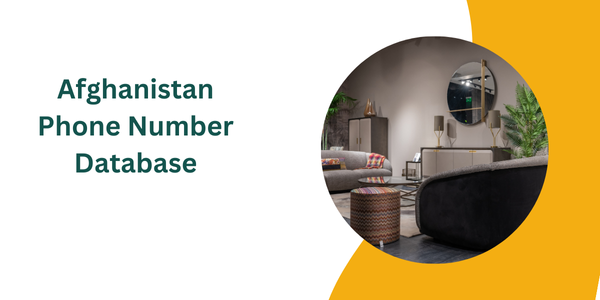|
|
in shaping security dynamics. Political instability and its effect on security. The Evolving Security Landscape Security challenges in the post-2001 era. The impact of the 2021 Taliban resurgence on security. Ongoing threats from terrorism, civil unrest, and criminal activity. Chapter 2: The Role of Telecommunications in Afghanistan The Growth of Mobile Networks How Afghanistan’s mobile network infrastructure grew despite instability. The importance of mobile phones in remote areas where landlines are scarce. Key mobile operators and their coverage. Telecommunications as a Vital Tool for Security How mobile phones serve as a means of communication during crises.
The role of phones in connecting people in conflict zones. Use of phones by aid organizations and military for security coordination. Chapter 3: The Impact of Security Threats on Phone Number Usage Surveillance and Privacy Concerns Government and military afghanistan phone number database surveillance programs targeting phone numbers. Potential risks of phone tapping and data collection. Impact of surveillance on public trust in telecommunications. Hijacking of Phone Numbers Incidents of phone number hijacking by insurgents or criminals. The implications of hijacked phone numbers for individuals and businesses. The role of telecom providers in mitigating hijacking risks.

Changing User Behavior Due to Security Concerns How Afghans adjust their phone number usage in response to safety concerns. Preference for using SIM cards from particular regions or countries. Usage patterns in conflict zones and how they shift in response to USA Phone number Database security events. Chapter 4: Mobile Networks, Terrorism, and Communication in Conflict Zones The Use of Phones by Insurgents and Militants How insurgent groups use mobile phones for coordination and propaganda. Mobile phones as a tool for terrorist attacks or as part of terror networks. Impact of Mobile Phone Interruption in Conflict How the destruction of mobile towers or network outages affect communication in times of conflict.
|
|